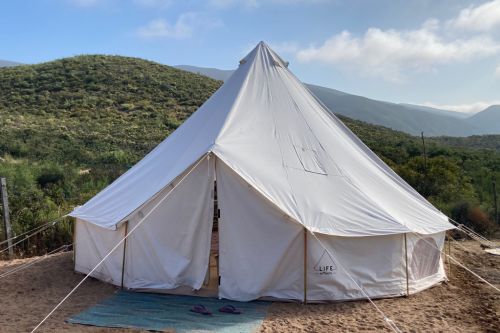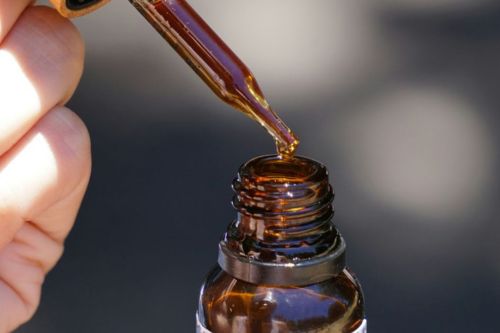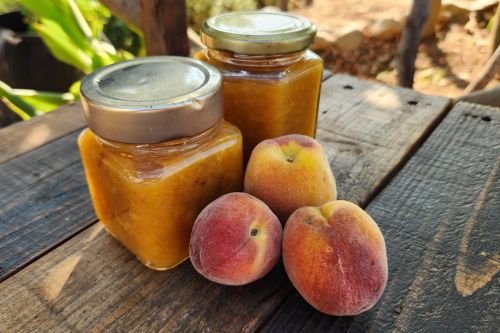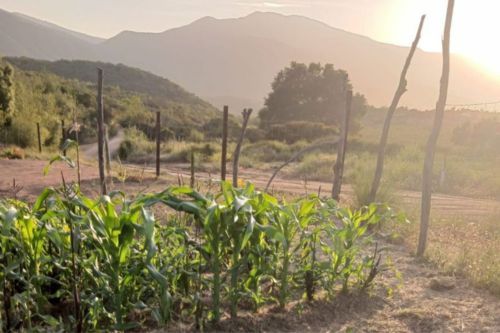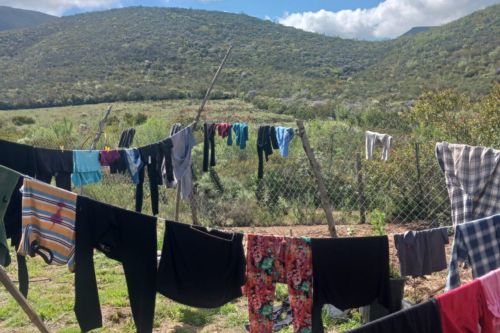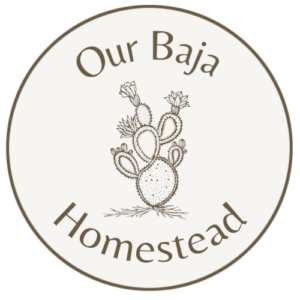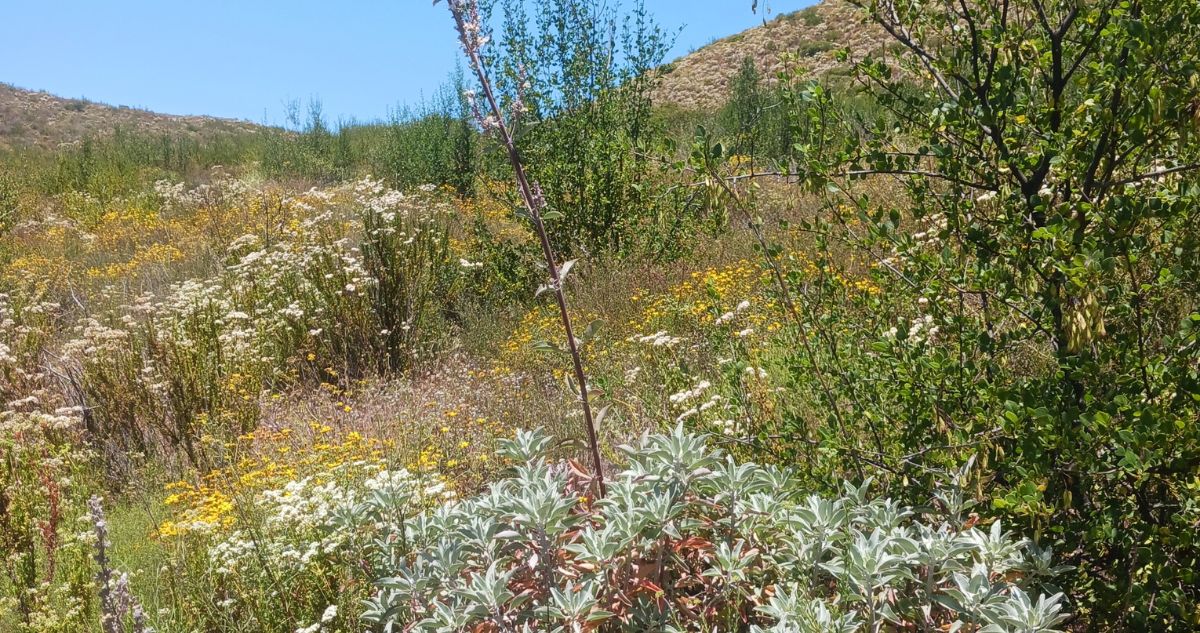It’s November and that means it’s officially Bust-Out-the-Plant-Remedies season (at least for us herbalists)! Here in Baja California, Mexico, we have a myriad of medicinal plants that help reduce symptoms of colds and flus. The good thing about plants is that they don’t care about borders- so if you live in Southern California this post is great local information for you as well!
I would like to start this post off by stating that myself and other non – indigenous residents owe all of our knowledge about medicinal plants to the indigenous people of these lands. The Kumeyaay (Kumiai) Tribe spans across the desert, mountains and ocean of San Diego County and Northern Baja.
Given that the Kumeyaay hold the belief that they have lived in this area since 10,000 B.C., it’s no wonder the tribe has an extensive knowledge about which plants function as healing remedies during cold and flu season. I give all my gratitude and respect to the Kumeyaay people for passing on their traditional healing knowledge generation after generation!
Without further ado, here are 5 Native Plants you can use to relieve cold and flu symptoms this Fall and Winter. Happy herb hunting, everyone!
White Sage (Pellytaay)
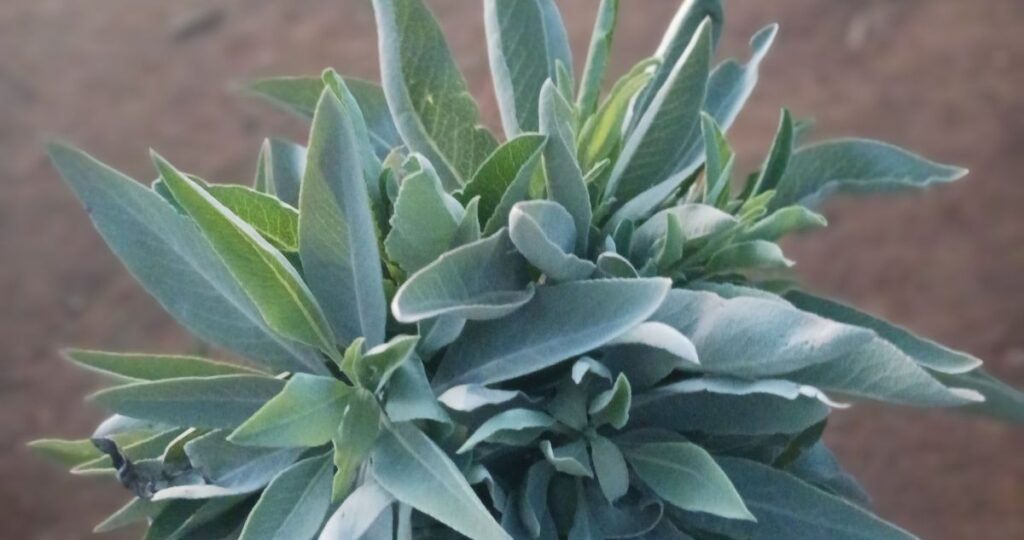
White sage (Salvia Apiana) is a perennial herb found in Southwestern United States and Northern Baja. It is antibacterial, reduces inflammation in the body, lowers joint pain and discomfort, promotes healthy digestion, and lowers stress/anxiety levels.
In terms of cold season, you will want to keep this special herb around to clear inflammation in the sinuses and use as respiratory aid. To clear inflammation in the sinuses with white sage you can boil it in water and breathe in the hot aromas (without burning yourself on the pan)! You can also make a tea out of white sage for respiratory aid.
White sage is not only a wonderfully medicinal plant, but also extremely spiritual for the Kumeyaay tribe. For this reason, it is advised to NOT wildcraft (collect out in the wild) this sacred plant. A respectful alternative would be to plant this herb at your living space and harvest it that way.
Yerba Santa (Sa’maall)
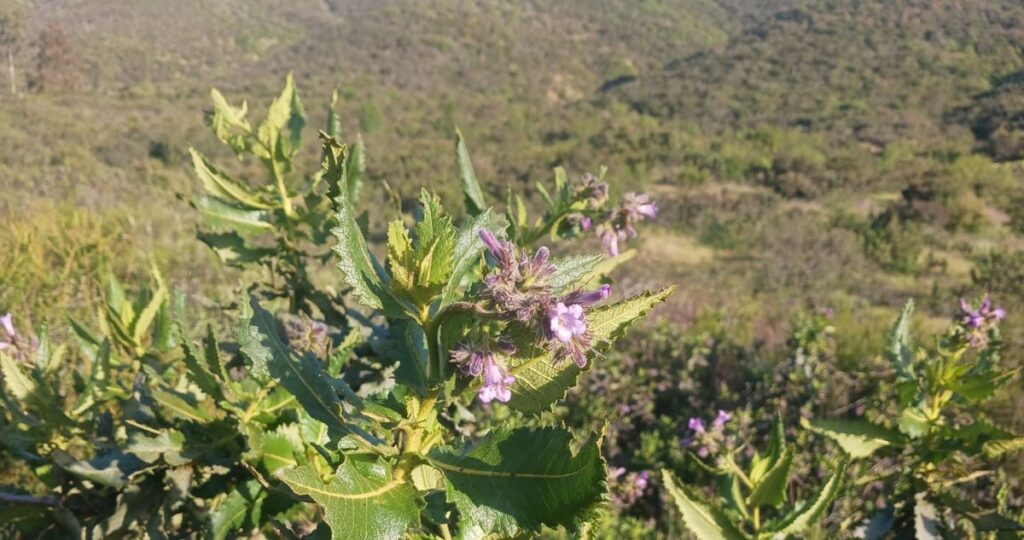
Baja California Yerba Santa, or Sessile Leaf Yerba Santa, is a perennial herb that is native to Baja California and parts of Southern California. It is in the Boraginaceae family, which is the family that contains borage, forget-me-nots and comfrey.
The name “Yerba Santa” translates to Holy Herb in Spanish. The name makes sense due to the plant’s strong potency and its spiritual attributes. Yerba Santa is/was spiritually used by people of the Chumash tribe (this tribe hails from the North of the Kumeyaay people) as a form of purification and protection. They do this by smudging the herb (burning the herb with intention), hanging bundles of the herb around the house, and by carrying the herb in satchels on their bodies.
Medicinally, Yerba Santa is known and celebrated for aiding respiratory ailments. This herb helps to loosen the mucus in one’s chest, so it is wonderful as a steam to breathe in during cold season. It can be made into a tea or tincture, although a tincture is more potent due to the large amounts of sticky resin the plant contains. This herb may also aid in relieving headaches, reducing fevers, and reducing allergies – what a holy herb indeed!
Blue Elderberry (Kepally)
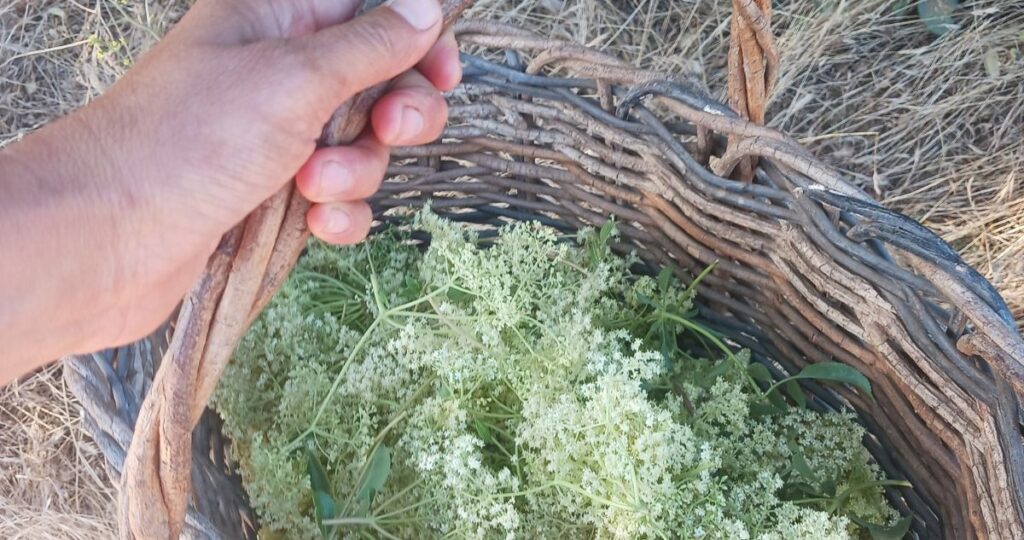
Blue Elderberry, or Mexican Elderberry, is a well-known shrub/tree that is native to the Western United States, British Colombia and Northern Baja California, Mexico. Both the berries and flowers are edible and used medicinally and gastronomically. NOTE: The berries must be cooked before consumption, as they are toxic when eaten raw.
Blue Elderberry is an extremely important medicinal plant for cold and flu season because of its immune health benefits, and antibacterial/antiviral/anti-inflammatory properties. This potent medicine can be made into a delicious syrup, a tea or a tincture to take when sick.
The elder flowers that bloom in Spring are also medicinal. The Kumeyaay tribe uses the flowers to make a tea that alleviates cold and flu symptoms.
California Sagebrush (Kwechash)
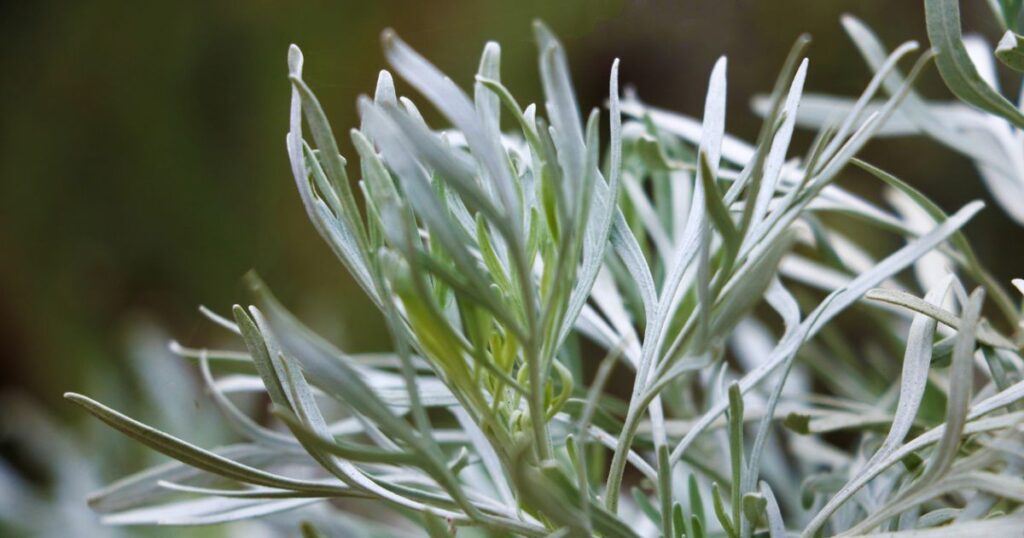
California Sagebrush is a commonly seen plant native to… you guessed it – the Southwest United States and Northern Baja. Surprisingly this herb is not a part of the sage family, rather it belongs to the sunflower family. This amazing herb is antimicrobial and wonderful for healing respiratory problems.
The Kumeyaay tribe dries out the leaves and makes a tea for colds and other respiratory infections. Other uses of the California Sagebrush by the Kumeyaay include drying and smoking the leaves (like tobacco), making an infusion for a fever reducer, a menopause symptom relief, and in puberty ceremonies for girls.
Hollyleaf Cherry (Eh’ka)
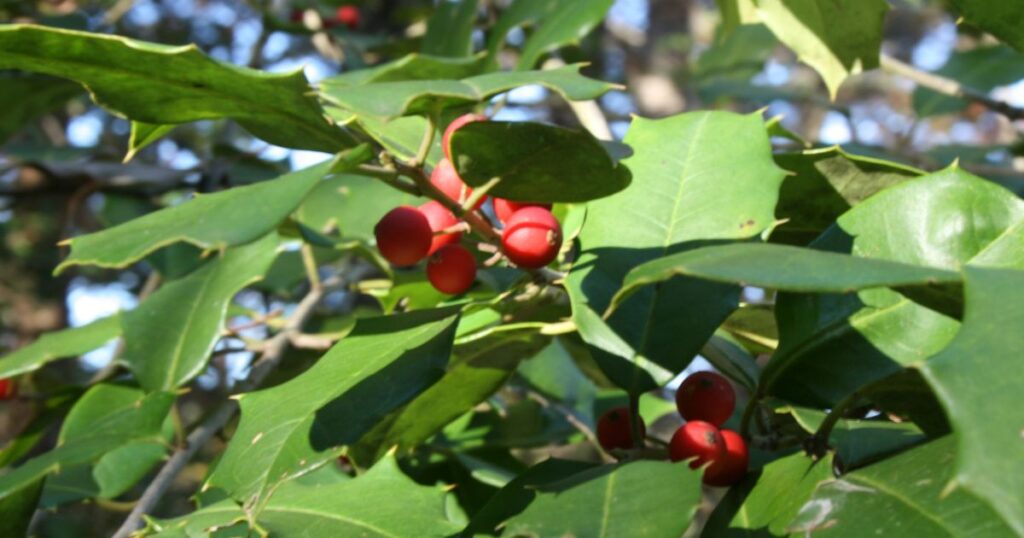
This spikey evergreen scrub/tree is native to California and Baja California coastal and desert chaparral areas. While the seeds are toxic and should not be consumed, the pulp of the fruit can be delightfully eaten. Atole, alcoholic beverages, porridges and jam were made by indigenous tribes of California and Baja California and European settlers.
Medicinally, the Hollyleaf Cherry leaves can be prepared in a tea and consumed as a cough medicine. The bark and the roots can also be made into an infusion to stimulate respiration during cold season. NOTE: The presence of hydrogen cyanide in small quantities stimulates respiration and improves digestion. In large quantities it can be extremely toxic – tread lightly with this plant, or just stick to cooking the berries or kernels to release the toxins by leaching them out in the cooking process.
That’s a wrap on Five Native Plants (in Southern California/Northern Mexico) to Use During Cold and Flu Season! Although there are more medicinal plants in this beautiful chaparral region, these are 5 commonly used ones.
